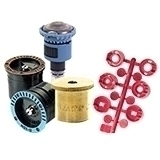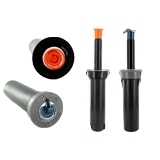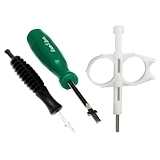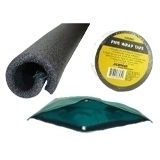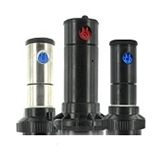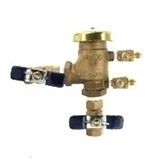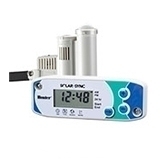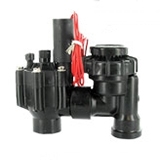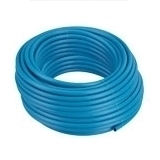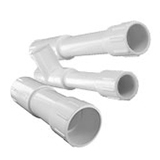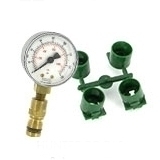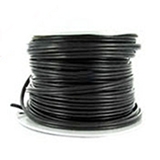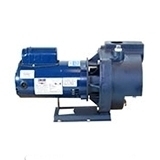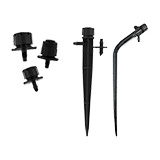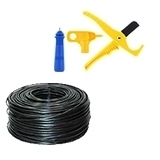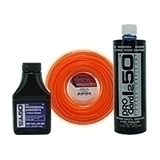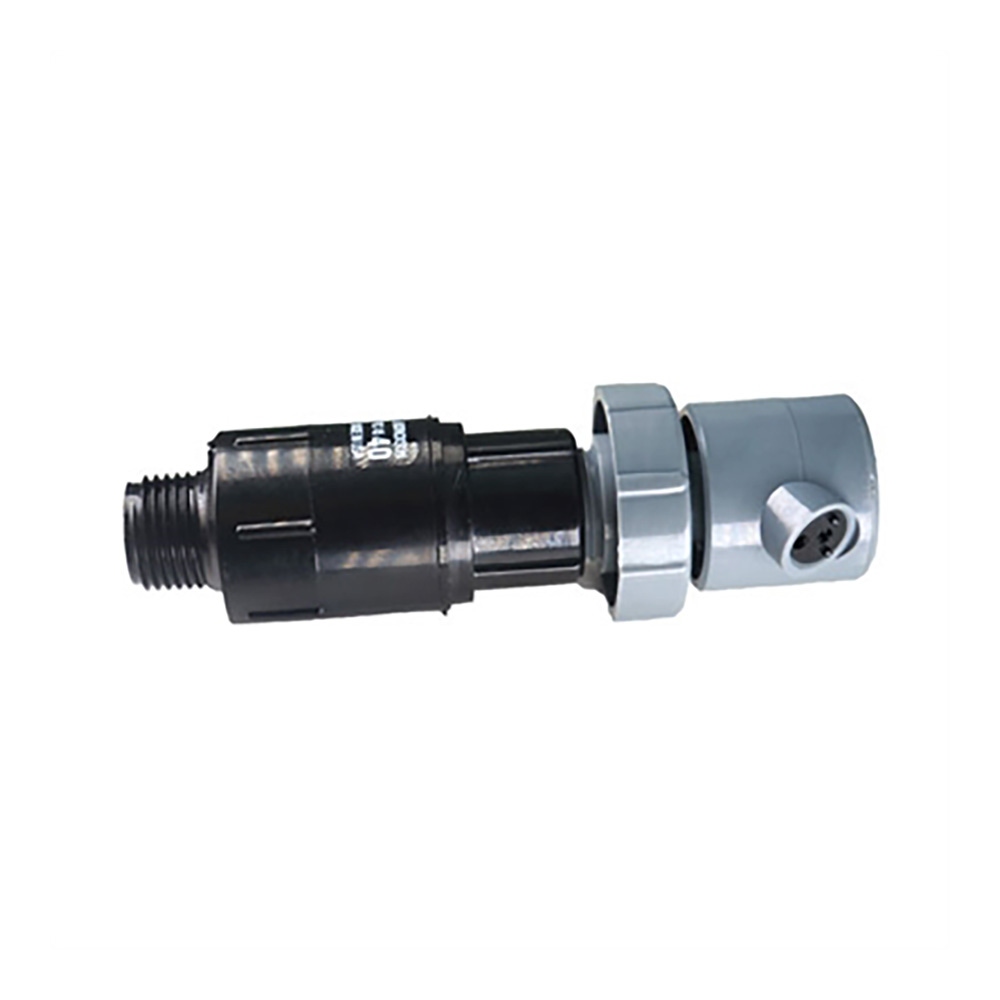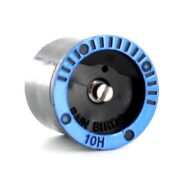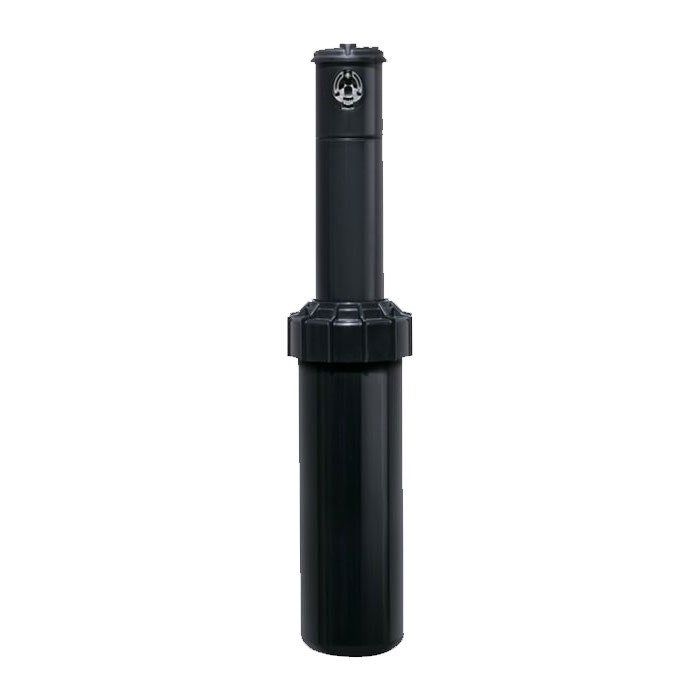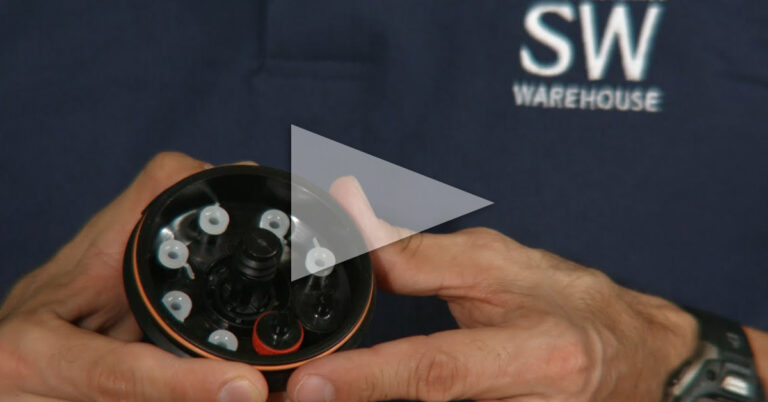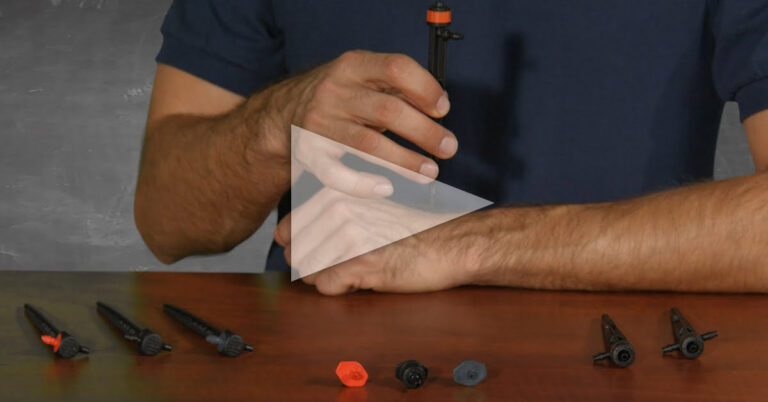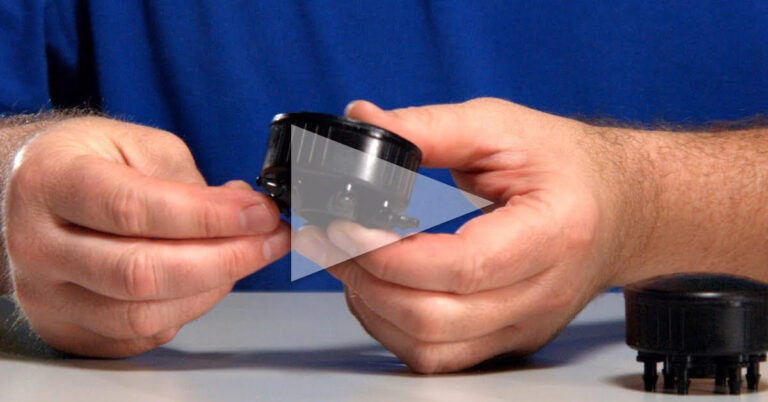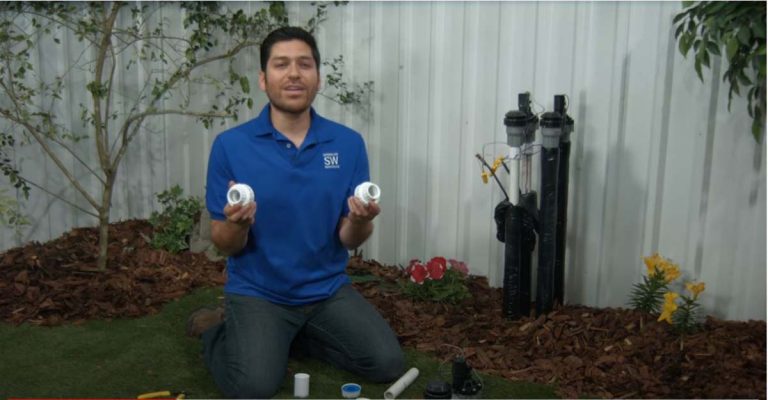Replacing Drip Emitters, Made Easy
Emitters are an essential part of every drip irrigation system, and over time, they can become clogged, damaged, or worn out. While cleaning often restores flow, there are times when replacement is the best solution. This guide will walk you through the process of removing old emitters, preparing your system, and installing new ones so your garden continues to receive consistent, efficient watering. Following these steps ensures your drip irrigation system stays in top shape with minimal effort.
First, Clean Your Emitters
Before you jump into replacing your drip irrigation emitters, it’s worth taking a few minutes to clean them first. In many cases, a clogged emitter is the real culprit behind poor water flow, not a broken part. Mineral buildup, dirt, or small bits of debris can easily block the tiny openings in your emitters, especially after a long watering season. With a quick cleaning, you may be able to restore them to full working order without the cost or effort of replacement.
To clean a drip emitter, start by removing it from the tubing and flushing it with clean water. If the clog persists, gently tap it to dislodge any stubborn particles or use a thin piece of wire to clear the opening. You can also soak emitters in a mixture of water and vinegar to dissolve mineral deposits. Then, once they’re clean, flush your irrigation line for a few seconds to wash out any debris that might have settled inside. By cleaning first, you’ll save lots of time and money on replacements, so don’t just jump straight into buying new parts just yet!
Nevertheless, cleanings don’t help with cracked, broken, or deformed emitters. When an emitter no longer functions as intended despite your best cleaning efforts (or shows visible damage), it’s likely time to replace it.
How to Remove Drip Irrigation Emitters
Before installing new drip emitters, it’s important to have the old ones removed. Start by turning off your sprinkler system and relieving any pressure in the lines. Next, identify the emitters you plan to replace and trace them back to the main tubing. Carefully remove the emitters from the tubing. For barbed or pressure-compensating emitters, gently twist while pulling to avoid tearing the tubing. If the tubing is stiff or the emitter is stuck, use a pair of needle-nose pliers to ease it out, taking care not to enlarge the tubing hole.
Once the emitters are removed, inspect the tubing for damage. Look for cracks, splits, or enlarged holes that could cause leaks. If needed, trim back the tubing slightly to create a clean insertion point for the new emitter. It’s also a good idea to flush the line briefly to remove any dirt or debris that may have entered while you were taking off the emitters.
Finally, gather your replacement emitters and any drip irrigation tools you’ll need for installation, such as a hole punch or pliers.
How to Install Drip Irrigation Emitters
Installing new drip irrigation emitters isn’t too difficult once your system is prepped. Follow these steps carefully to get your emitters installed correctly and avoid leaks or uneven watering:
1. Choose the Right Emitter
Select emitters that match your plant’s water needs. Flow rates can vary, so choose emitters based on the type of plants that you’ll be watering.
2. Mark the Emitter Locations
Decide where each emitter will go along your tubing. Place them near the base of each plant to ensure water reaches the roots efficiently.
3. Punch a Hole in the Tubing
If you’re using a new piece of tube, use a drip irrigation hole punch to create a clean, precise hole where the emitter will be inserted. Avoid making the hole too large, as this can cause leaks.
4. Insert the Emitter
Push the barbed end of the emitter firmly into the hole. Twist slightly if necessary for a secure fit. For pressure-compensating emitters, make sure they sit flush with the tubing for proper flow.
5. Check for Secure Connections
Gently tug on the emitter to ensure it’s securely attached. If it feels loose, remove it and try reinserting it in the same or slightly different spot.
6. Test the System
Turn on your irrigation system fully and observe each emitter. Ensure water is flowing evenly and reaching the intended areas. Adjust placement or replace any malfunctioning emitters if necessary.
From here, you can continue installing emitters along the tubing until all plants are covered. If you only needed to replace one emitter, then you should be finished!
Preventive Maintenance
Once you have them installed, keeping your drip irrigation emitters in good working order requires a little regular attention. Start by inspecting your system at least once a month, especially during the growing season. Look for clogged, damaged, or misaligned emitters and clean or replace them as needed. Flushing your irrigation lines periodically helps remove sediment or debris before it can cause blockages.
Using a filter on your main water supply is another key preventive step. Small particles can clog emitters over time, so maintaining a clean filter is essential. If your water is especially high in minerals, you may also want to consider the occasional soaking of your emitters in a water and vinegar solution to dissolve buildup.
By keeping up with regular inspection, line flushing, filter maintenance, and seasonal cleanings, you can extend the life of your drip emitters, maintain consistent watering, and avoid unnecessary replacements. A little preventive maintenance goes a long way in keeping your garden healthy and your irrigation system running smoothly.
Order Drip Emitters at Sprinkler Warehouse
Your primary goal should always be to maintain a healthy drip irrigation system, but if necessary, the emitter replacement process isn’t too difficult. Plus, when you shop for drip emitters at SprinklerWarehouse.com, you can choose from dozens of different types of drip emitters made by some of the most recognized names in the business. On the Sprinkler Warehouse website, you can also browse through all kinds of other drip irrigation supplies and accessories. Skip the trip to the home improvement store and order your drip emitters online today!
FAQs
How do I know when to replace drip emitters?
Consider replacing your drip emitters when you notice uneven water distribution, reduced flow, or visible damage to the emitter. Clogged emitters can sometimes be cleaned, but if cleaning doesn’t restore proper water output, it’s likely time to replace them. Regular inspection, especially at the start of a watering season, helps catch problems early and ensures your plants get consistent irrigation.
What causes drip emitters to fail?
Drip emitters usually stop working due to clogging, physical damage, or general wear over time. As water flows through your pipes and out of your emitters, dirt and debris can block the tiny openings, reducing or stopping the flow of water. Emitters can also crack or break from UV exposure, freezing temperatures, or accidental physical impact. By flushing the lines and cleaning emitters, you can prevent failure and prolong their lifespan.
How do I remove a stuck emitter from tubing?
If one of your emitters is stuck in the tubing, start by gently twisting it back and forth while pulling to loosen it. If it’s still tight, use a pair of needle-nose pliers, avoiding damage to the tubing. Warming the tubing slightly with warm water can also make it more flexible and easier to remove. Just remember, patience is key. Forcing it too hard can crack the tubing or break the emitter.


